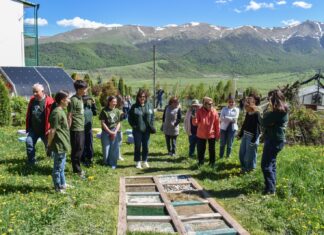YEREVAN — Inflation in Armenia continues to accelerate. The 12-month rate of inflation in the country was 9.6 percent, according to a report published by the Statistical Committee of the Armenian government. In the last quarter, all goods and services have become more expensive compared to the same period last year.
Inflation in the cost of food and non-alcoholic beverages grew 16.9 percent in November compared to the same month the previous year. This was greatly facilitated by the 4.8 percent and 16.4 percent respective rise in prices for fruits and vegetables.
Inflation was 63.5 percent for vegetables as compared to November of the previous year. In particular, in November, compared to October, registered a significantly greater rise in the prices of potatoes, mushrooms, carrots, green beans and green onions.
Fruit prices rose by 3.3 percent in November this year compared to the previous year, and by 4.8 percent compared to October this year. In November of this year, as compared to October, the general inflation of fruit and vegetable products was 11.35 percent. The above-mentioned product groups, having a share of 8.35 percent in the consumer basket, contributed to the growth of the general level of consumer prices by 0.9 percentage points during the mentioned period.
Cheese and eggs prices rose 13.3 percent compared to November last year. In November of this year, compared to the previous year, the price of eggs increased by 26.2 percent, cheese by 11.1 percent, meat by 8.0 percent, oils and fats by 21.1 percent, and sugar by 20.6 percent.
Compared to the previous year, non-food prices rose by 9.9 percent. In November of this year, compared to October, the prices of gasoline and diesel fuel increased by 3.2 percent and 3.1 percent respectively. Compared to the beginning of November last year, the price of gasoline increased by 48.1 percent and diesel fuel by 53.1 percent.









